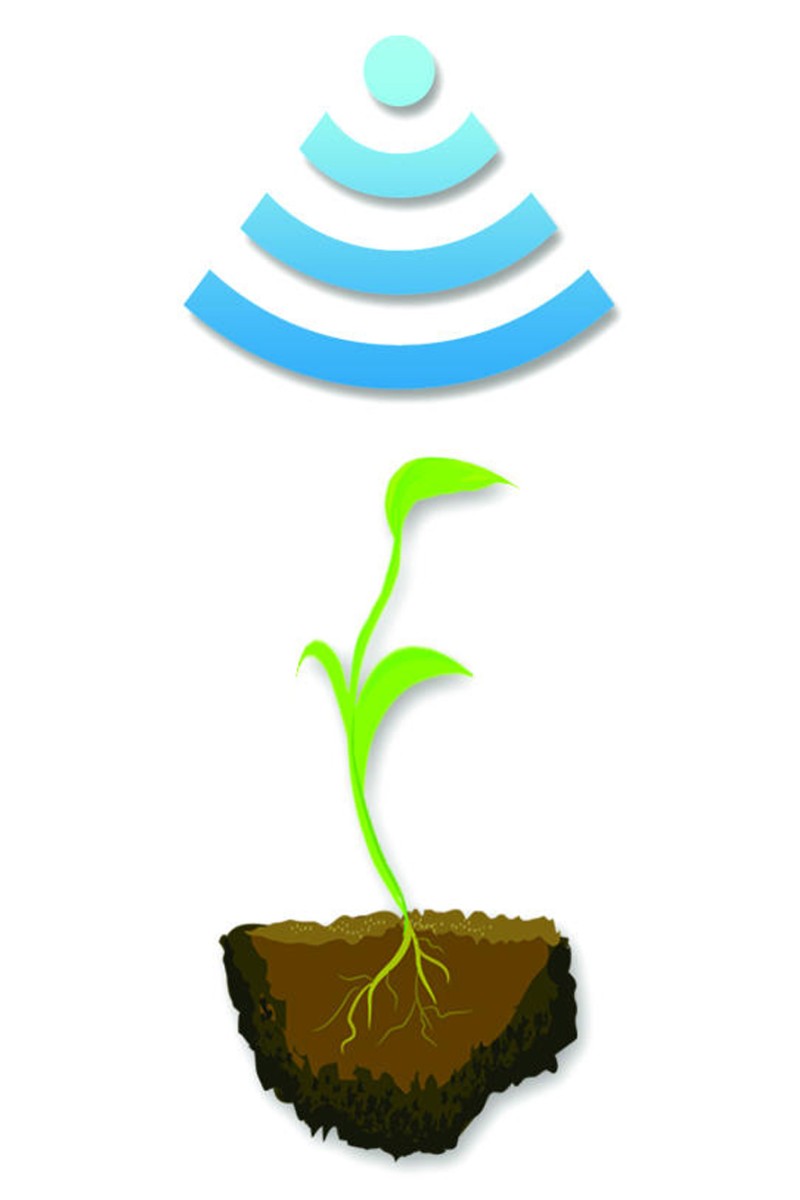
Discover & Innovate: Is the radiation from Wi-fi dangerous for plants?
Wi-fi routers use harmful radiation to send signals, but is this radiation dangerous for the seeds of plants?

Wi-fi routers and modems use electromagnetic radiation to send signals through walls, and make sure your device is always connected to the internet. But have you ever wondered what happens to plant seeds when they are exposed to high levels of Wi-fi radiation? Do you think growth would be curbed? To find out, we carried out a research project on the relationship between Wi-fi radiation and the growth of plants in a programme called "Addicted to Discovery".
A related experiment in Denmark has shown that Wi-fi radiation affects the growth rate of plants. However, this experiment was not carried out in a scientific way. Thus, we decided to redo the experiment, using a more controlled experimental design - keeping all factors the same except the strength of the Wi-fi radiation.
In our experiment, we used two boxes, sealed with foil and grounded to isolate the Wi-fi radiation. The router was fixed on top of the box. Inside the box, the black cloth which contained the seed was wrapped in white paper to prevent it from absorbing light. An LED light was installed inside, and a time switch simulated the natural light/dark cycle. To minimise any differences in light intensity, we used the same colour trays in both boxes.
We conducted a series of tests on black-eyed peas over a three-month research period. We measured and collected different physiological parameters that indicated the growth condition of the seeds, so that we could draw a solid conclusion on the effect Wi-fi radiation has on the growth of the seeds.
Initially, we studied the germination of the seeds for information. However, after several trials, the data collected was inconsistent. So we decided to measure the beans' shoot length after germination to eliminate any possible error due to variations in the quality of individual beans.
At the same time, we were faced with new challenges: prolonged testing destabilised the set-up environment, which meant we had to spend time making sure it was always the same before every trial.
The early results showed that Wi-fi radiation inhibited seed growth. Although we don't have a concrete explanation for this observation yet, it gives us a more focused question that we can work on answering.